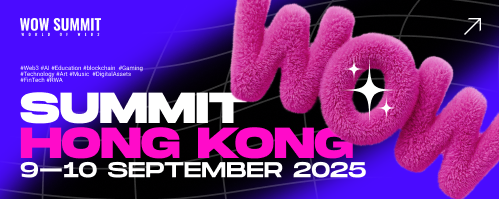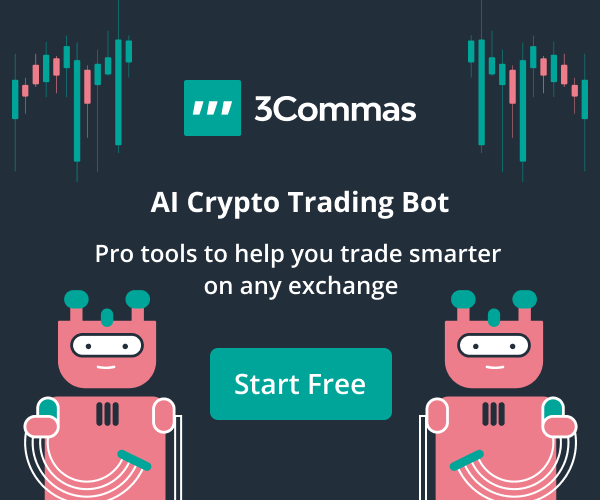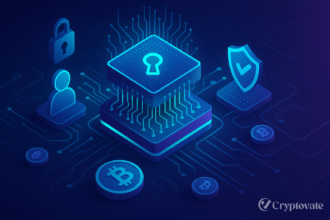– Ad –
| Getting your Trinity Audio player ready... |
Order book depth is a critical concept for traders and investors in financial markets, whether you’re dealing with stocks, cryptocurrencies, or forex. It provides a snapshot of market liquidity and can offer insights into price movements and trading opportunities. In this article, we’ll explain order book depth, its importance, and how traders can leverage it for better decision-making.
What is an Order Book?
An order book is a real-time, electronic list of buy and sell orders for a financial asset, organized by price level. It shows the number of shares, contracts, or units being bid (buy orders) or offered (sell orders) at various price points. The order book is divided into two sides:
- Bid Side: The prices and quantities at which buyers are willing to purchase the asset.
- Ask Side: The prices and quantities at which sellers are willing to sell the asset.
The difference between the highest bid and the lowest ask is called the spread, which reflects the market’s liquidity and trading costs.
What is Order Book Depth?
Order book depth refers to the total volume of buy and sell orders at different price levels in the order book. It measures how many orders exist at each price point and how much liquidity is available in the market. A “deep” order book has a large volume of orders across a wide range of prices, indicating high liquidity. In contrast, a “shallow” order book contains fewer orders, indicating reduced liquidity and the potential for greater price fluctuations.
Depth is often visualized in a depth chart, where:
- The x-axis represents price levels.
- The y-axis shows the cumulative volume of orders.
- Green lines usually indicate bids, while red lines denote asks.
A sharp curve on the depth chart signals a deep market with high liquidity, whereas a flat curve points to a thin market with low liquidity.
Why Does Order Book Depth Matter?
- Liquidity Insight: A deep order book means there are many orders at various price levels, making it easier to execute large trades without significantly impacting the price. This is especially important for institutional traders or those dealing with large volumes.
- Price Stability: Markets with high order book depth tend to have more stable prices because large orders are absorbed by the available liquidity. Conversely, a shallow order book may cause significant price fluctuations when large orders are executed.
- Market Sentiment: The balance between bids and asks can indicate market sentiment. A deep bid side suggests strong buying interest, while a deep ask side may signal selling pressure.
- Trading Strategy: Traders analyze order book depth to pinpoint support and resistance levels. For example, a large volume of buy orders at a specific price may act as a support level, preventing the price from falling further.
How to Use Order Book Depth in Trading
- Spotting Support and Resistance: Large clusters of orders at certain price levels can indicate where the price might stall or reverse. For instance, a significant number of buy orders at $50 might suggest strong support.
- Assessing Slippage Risk: In a shallow order book, a large market order could move the price significantly, leading to slippage. Checking depth helps traders estimate potential slippage.
- Scalping Opportunities: Scalpers use order book depth to identify tight spreads and high liquidity for quick trades.
- Market Manipulation Awareness: In thinly traded markets, large orders can distort the order book. Traders should be cautious of sudden changes in depth.
Also Read: Understanding Proof of Reserves: Ensuring Trust in Crypto Exchanges
Limitations of Order Book Depth
While order book depth is a powerful tool, it has limitations:
- Dynamic Nature: Order books change rapidly as orders are placed or canceled.
- Hidden Orders: Some exchanges allow “iceberg orders,” masking true depth.
- Manipulation: Large players may place fake orders to mislead traders.
Conclusion
Order book depth is a crucial tool for grasping market dynamics. By analyzing the volume and distribution of buy and sell orders, traders can gauge liquidity, predict price movements, and refine their strategies. Whether you’re a day trader, swing trader, or long-term investor, mastering order book depth can give you a competitive edge in navigating financial markets.
FAQs
What is the difference between order book depth and market depth?
Order book depth and market depth are frequently used as synonymous terms. Both refer to the volume of buy and sell orders at different price levels in the order book, reflecting market liquidity.
How can I access order book depth data?
Most trading platforms and exchanges, like Binance, Interactive Brokers, or TradingView, provide order book data and depth charts in real-time for traders to analyze.
Why does a shallow order book lead to volatility?
A shallow order book has fewer orders, so large trades can significantly move prices, leading to higher volatility compared to a deep order book.
Can order book depth predict price movements?
While it can highlight support and resistance levels, order book depth is not a guaranteed predictor of price movements due to its dynamic nature and potential for manipulation.

















